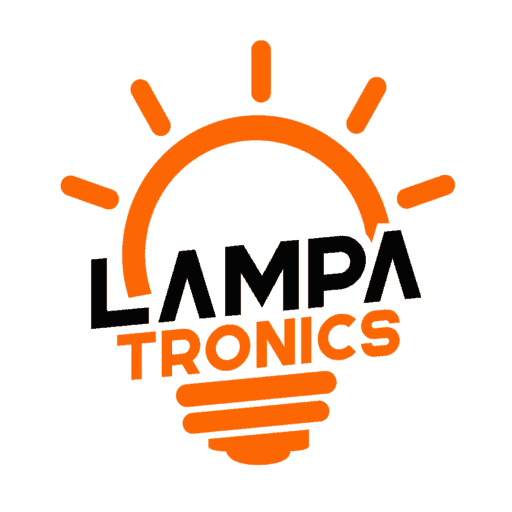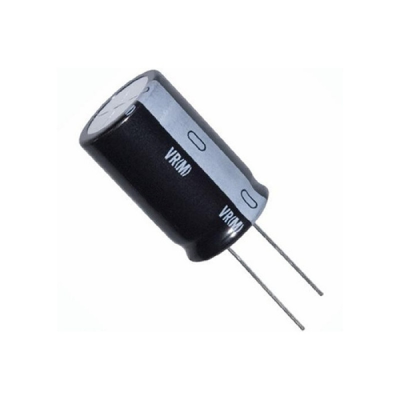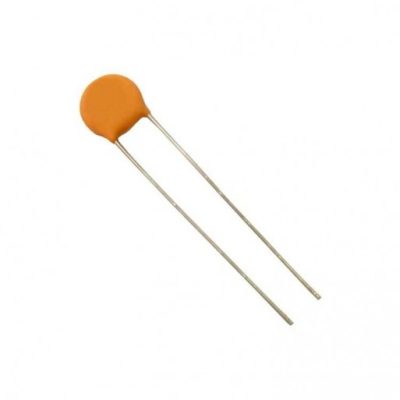No products in the cart.
Ceramic Capacitor 22nF/100V (223J)
In Stock
EGP1.00
In Stock
Add to WishlistRemove from Wishlist
CompareAdd to Wishlist
Description
Ceramic Capacitor 22nF/100V (223J)
A Ceramic Capacitor with a 22nF capacitance rating and 100V working voltage is a commonly used component in various electronic circuits for tasks such as filtering, decoupling, coupling, and smoothing. The “223J” marking on this capacitor refers to its capacitance value and tolerance, following a standardized coding system for ceramic capacitors.
Key Features:
- Capacitance Value:
- 22nF (nanofarads): This ceramic capacitor has a capacitance value of 22nF, which is suitable for a wide range of applications in signal processing, filtering, and decoupling. A 22nF capacitor is a common choice in both analog and digital circuits.
- Voltage Rating:
- 100V: This capacitor has a 100V working voltage rating, meaning it can safely handle voltages up to 100 volts without the risk of breakdown. It’s crucial to ensure that the maximum voltage in the circuit does not exceed this rating.
- Capacitance Code (223):
- The “223” marking represents the capacitance value. The first two digits (22) indicate the first part of the value, and the third digit (3) tells how many zeros should follow. Therefore, 223 means 22 followed by 3 zeros, which equals 22nF.
- Tolerance (J):
- The “J” marking indicates the tolerance of the capacitor, which in this case is ±5%. This means the actual capacitance value can vary by ±5% from the nominal value of 22nF.
- Capacitor Type:
- Ceramic: Ceramic capacitors are widely used in electronic devices due to their small size, low cost, and good performance in many applications. Ceramic capacitors are generally stable and reliable for low-to-medium capacitance values.
- Package Type:
- Ceramic capacitors are available in various forms, such as through-hole (radial or axial) and surface-mount (SMD) packages. The 22nF/100V ceramic capacitor could be available in packages like 0805, 0603, 10mm radial, and more.
Applications of Ceramic Capacitors 22nF/100V (223J):
- Decoupling and Bypass:
- Decoupling capacitors are used to smooth power supply voltages and filter out high-frequency noise. A 22nF capacitor is often used for high-frequency decoupling to prevent noise from affecting sensitive components like ICs or microcontrollers.
- Signal Coupling and AC Coupling:
- Ceramic capacitors like 22nF are used in AC coupling circuits to block DC signals while allowing AC signals to pass through. This is common in audio and RF (radio-frequency) circuits.
- Filtering:
- A 22nF ceramic capacitor is often used in low-pass, high-pass, or band-pass filters to remove unwanted high-frequency noise or interference. It is also used in power supply filters to smooth the ripple in DC signals after rectification.
- Timing Circuits:
- This capacitor is often found in oscillators and timing circuits, where it helps to set the timing frequency or to stabilize the oscillation period in combination with resistors.
- Frequency Tuning and RF Circuits:
- 22nF capacitors are frequently used in radio-frequency (RF) circuits, such as LC circuits and tuning circuits, to select or stabilize a particular frequency range.
- Snubber Circuits:
- Snubber circuits are used to protect switching components like transistors and thyristors from voltage spikes. A 22nF ceramic capacitor can be used in a snubber network for filtering out high-frequency spikes.
Advantages of Ceramic Capacitors:
- Compact Size and Low Cost:
- Ceramic capacitors are small in size and inexpensive, making them ideal for mass-production applications and space-constrained designs.
- High-Frequency Performance:
- Ceramic capacitors, especially those with Class I dielectrics (such as C0G/NP0), are excellent for high-frequency applications due to their low ESR (Equivalent Series Resistance) and low inductance.
- Wide Availability:
- Ceramic capacitors are available in a wide range of capacitance values and voltage ratings, making them versatile for use in numerous applications.
- Good Stability (depending on dielectric class):
- Ceramic capacitors with Class I dielectrics, such as C0G/NP0, offer excellent temperature and voltage stability. However, Class II and III types (e.g., X7R, Y5V) may offer higher capacitance but with less stability.
Only logged in customers who have purchased this product may leave a review.
- Image
- SKU
- Rating
- Price
- Stock
- Availability
- Add to cart
- Description
- Content
- Weight
- Dimensions
- Additional information







Reviews
There are no reviews yet.